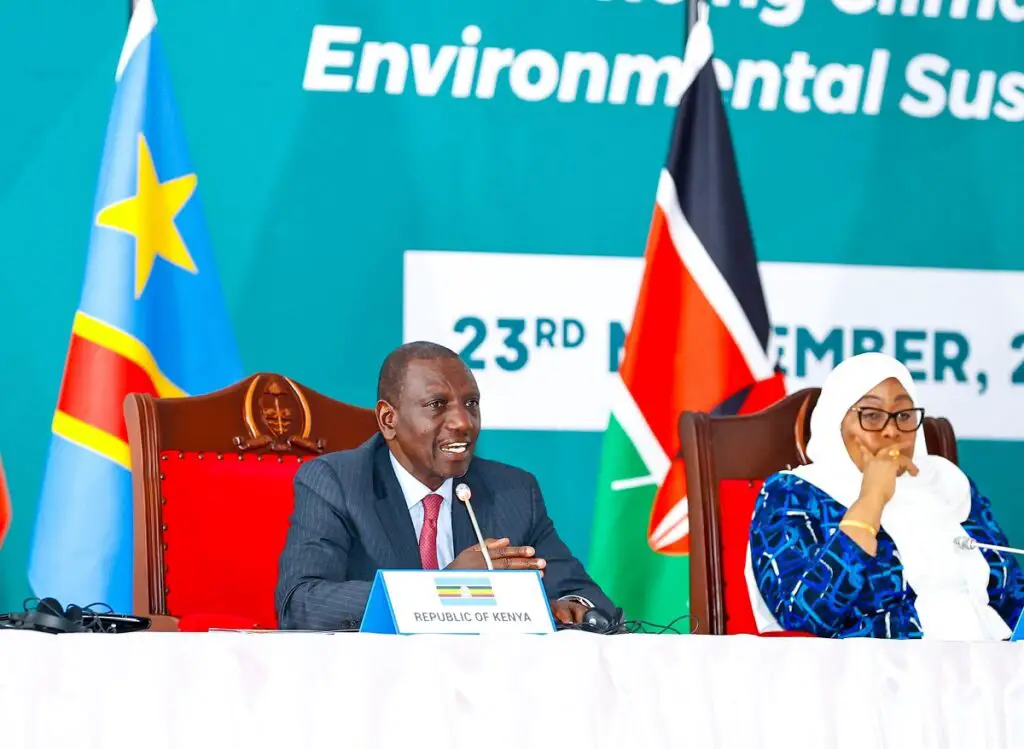- There is a Climate Funding gap of 40 billion dollars in blue carbon, yet no Kenyan firms are undertaking it.
- According to the World Bank, Kenya remains vulnerable to frequent climatic shocks that pose significant economic risks.
- The East African country has been gravely affected by changing weather patterns and a fall in disposable income available for necessities.
Despite their considerable potential, Kenya is foregoing billions of dollars in untapped climate financing opportunities. While many startups are entering this sector, industry experts argue that the current figure remains insufficient to combat climate change adequately.
Pangea Accelerator, an investment platform that provides funding for startups and small and medium enterprises (SMEs), says that the region needs to grow the number of startups, fully focusing on the environment. The Founder of Pangea, Jonas Tesfu, says that as a country, Kenya needs to have a lot of innovative businesses join climate change initiatives and a lot of climate funding channelled towards this sector if it’s to be successful.
“For instance, blue carbon is a $40-billion market a year today but if you look at how many businesses in Kenya are specialising in this or are trying to find solutions to this challenge you will not find any,” said Tesfu.
“A 40-billion-dollar climate funding opportunity is available in the market, and nobody is capitalizing in this.”
According to the government’s updated (Nationally Determined Contributions) NDCs, the costs of climate action were estimated to be $62 billion by 2030.
By maintaining a low-carbon growth path, Kenya could contribute to the global decarbonisation agenda and become more competitive in green markets and low-carbon supply chains.
The founder says that current businesses are not doing anything wrong; it is just that there should be a lot of businesses in certain sectors, but in Kenya, that’s not the case.
“The biggest issue we are having is finding businesses that are investible in the climate space. In January 2024 we need a lot more businesses in the climate change, nature based solutions, blue economy and ocean sector,” added Tesfu.
Still on The Red
According to the World Bank, Kenya remains vulnerable to frequent climatic shocks that pose significant economic risks.
Without adaptation measures, the impact of climate change could not only disproportionately affect the poor but also result in real GDP losses of up to 7 per cent from the baseline by 2050.
Kenya is a relatively low emitter of greenhouse gases (GHGs), generating less than 0.1 per cent of global GHG emissions, although its emissions have more than doubled since 1995.
Read Also: COP28: Early Win with $260 Million for Climate Damages
In September 2023, President William Ruto signed into law the Climate Change (Amendment) Bill 2023 on September 1, setting the stage for the regulation of carbon markets.
With the new law, Kenya joined several countries globally, including South Africa, India, Indonesia, and Vietnam, in efforts to set up domestic carbon trading markets as the need for more climate funding towards combating the adverse effects of climate change.
Impact of Low Climate Funding on Kenya
Kenya occupies an interesting position in Africa’s climate equation. The East African country has been gravely affected by changing weather patterns and a fall in disposable income available for necessities.
Extreme weather, alternating between severe droughts and devastating floods, has not only destroyed homes and imperilled lives, it has also exerted a heavy toll on agriculture, a major economic activity and driver of growth in the country. In the first half of 2022, the agriculture sector contracted by 1.5 per cent, according to the Alliance for Science.
The organisation also estimates that in that same period, 3.5m people in Kenya faced food insecurity, while climate and climate-related pressures are estimated to occasion long-term fiscal liabilities of 2 to 2.8 per cent of GDP each year. In 2022 alone, the World Bank estimates that an adverse climate costs the Kenyan economy about 0.3 per cent of GDP. For ordinary people, that means higher food prices in the market.
